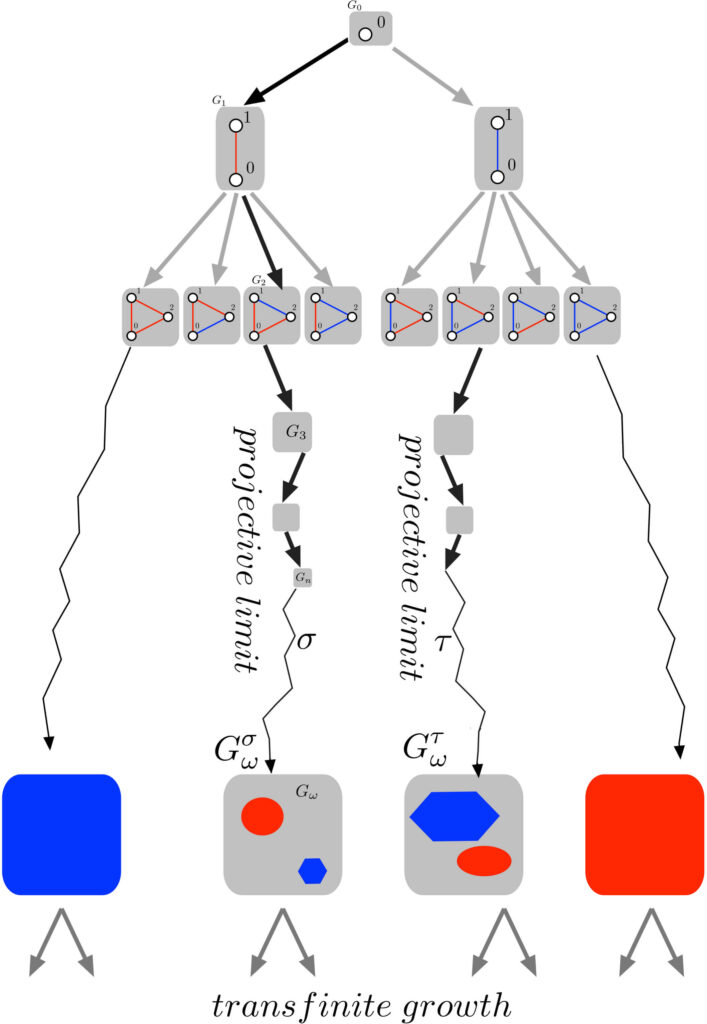Just finished reading the latest novel of Ian McEwan, Lessons (2022),
I’m a fan of McEwan, since reading ten years ago Saturday and Atonement and some other of his novels. I also discovered rather late that I’m also a fan of David Mitchell, after reading his book Black Swan Green (2006) earlier this year. The image of the cruel eyes of a Chinese princess is an image that I will always remember. Just like the piano teacher Miriam in Lessons. It’s amazing how the imagination of top writers is able to draw and describe episodes of life that are so analogous to actual experiences. For me concerning a two year interlude around age fourteen initiated by a school teacher twice my age. The paradox was as I much later learned that it was at the same time damaging and formative. The book of McEwan contains more lessons, like the moving lesson in dying by Daphne, one of the remarkable women in the novel, this one lovable and beneficial. And the final lesson at the end, open-ended redemption, when grand-daughter Stefanie guides her ‘Opa’ to the dinner table, with the wisdom of an eight year old girl. Another point of contact, I am also a dedicated Opa, being blessed with two grand-children who sometimes but not always are bearers of wisdom too, and who belong to our closest friends, where ‘our’ includes my wife Marianne.
At the same days that I read the novel Lessons, all of the near 500 pages ‘tutto d’un fiatto’, as someone dear to me once wrote about reading my story about that youth experience, I’m also meditating and puzzling about Frank Plumpton Ramsey’s marvellous thorems, the finite Ramsey theorem and the infinite Ramsey theorem. The slogan is that order is irresistably emerging in growing chaos. The mystery that is beyond my modest mathematical reach without devoting at least a month of study, which I’m not capable of anymore by age and circumstances, is that infinite Ramsey implies finite Ramsey, but the reverse implication is proved impossible by deep insights of Harvey Friedman and Stephen Simpson, see the lovely book of favourite popular math authorJohn Stilwell, Elements of Mathematics. Not surprisingly, that strand of mathematical/logical research and development is known as ‘reverse mathematics’.
That is also the title of another book of John Stillwell, going into more detail.
So here is my question. What do the admirable novels as mentioned have in common with the math and logic theorems of the leaders in the field as mentioned? By the way, Frank Ramsey was the PhD-supervisor of Alan Turing. Ramsey died after a failed medical operation at age 30. Harvey Friedman was at 18 the youngest logic professor in USA; I remember the photo in the newspaper of the young Harvey in short trousers as a boy genius, ‘wonderkind’ in Dutch.
The origin of the word ‘theorem’ is ‘that what one sees’. It reminds a bit of a marvellous novel of Siri Hustvedt, ‘What I loved’, (2003) for me in the same category of excellence as the books written about above. Indeed, ‘theorem’ is related as to its linguistic origin to ‘theos’ and ‘theater’. Theater has also to do with what one sees. It is a satisfying piece of etymology.
Now what aim do writers as MacEwan, Mitchel, Hustvedt have? Drawing what one sees? Like Ramsey wrote his theorems also as that what one sees? What can be the upshot of both kinds of drawing what one sees? Oh, of course, there is a third enterprise that comes forcefully to front: pictures and paintings and art.
Wonderful. It makes me wonder. Is there truth in the slogan of George Spencer Brown, ‘The world was made in order to see itself?
But the Lessons of McEwan are also worrying in part. How long can we wonder if you are as his Ronald Baines entering the octogenarian age? Well, we will see.
The picture depicts the transfinite growth of the tree of bicolored graphs, figuring in Ramsey’s theorems.

